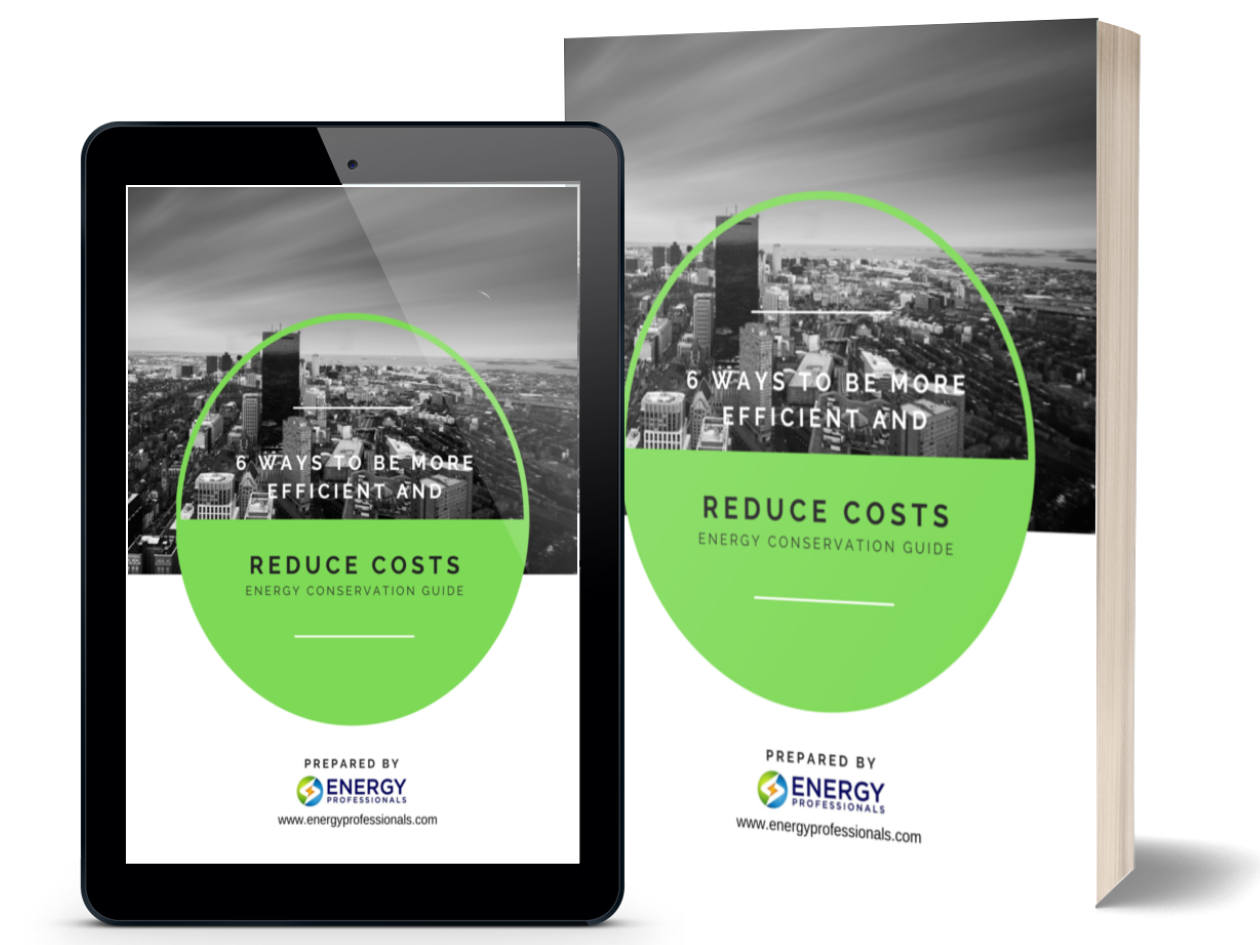Natural Gas Rallying Due to Hot Weather Forecasted Throughout the United States
After writing the July 5th Energy Update, explaining Natural Gas’s 15% decline was based on the PHMSA June 30th Report

After writing the July 5th Energy Update, explaining Natural Gas’s 15% decline was based on the PHMSA June 30th Report
After writing the July 5th Energy Update, explaining Natural Gas’s 15% decline was based on the PHMSA June 30th Report warning Freeport LNG opening could be delayed longer than expected, Natural Gas has been rallying:
Natural Gas has been rallying due to extremely hot weather forecasted throughout the United States until the end of July.
In the July 5th Energy Update, I said we may look back and realize the recent declines were an unexpected long-term buying opportunity, with Natural Gas testing the 2014 and 2018 highs within its 2011 to 2021 trading range:
My belief the recent decline triggered by the June 10th Freeport explosion and subsequent PHMSA report could be a long-term hedging opportunity for our clients was largely based on my June 20th Energy Update.
In this report, I explained the delay in reopening Freeport LNG, which accounts for about 20% of U.S. LNG exports decreases exports of LNG overseas by nearly 2 Bcf/d allowing more supplies to remain in storage in the U.S. for the generation of electricity. But I warned while this will likely decrease the supply deficit to the 5-year average, it is not expected to totally eliminate it.
Goldman Sachs Commodities Research following the latest Freeport outage news revised its end-October storage estimate to just over 3,500 Bcf, versus 3,424 Bcf predicted in April. “This remains a low storage level relative to history,” Goldman analysts Samantha Dart, Damien Courvalin, and Romain Langlois said in a research note, and should our U.S. Natural Gas balances be tighter than expected in the coming months, the risk remains that U.S. Natural Gas prices may need to trigger max substitution towards Appalachia coal, which we estimate would require a sustained gas price rally to around $12/MMBtu.”
The answers were found in the second and third risk factors discussed in my May 31st Energy Update. NOAA’s forecast of a warmer than normal summer increasing Natural Gas demand and NOAA’s forecast of an active hurricane season with very intense storms possible due to loop current in the Gulf leading to hurricanes similar to Katrina in 2005, resulting in supply disruptions and higher Natural Gas prices.
The second risk factor discussed in the May 31st Energy Update is presently taking place with hotter than normal weather throughout the United States at least until the end of July increasing cooling demand, which is keeping Natural Gas supplies tighter than expected. On June 10th when Freeport LNG closed Natural Gas supplies were 323 Bcf below the 5-year average, and it was thought decreasing LNG exports by about 20% would allow more supplies to remain in storage in the U.S. for the generation of electricity.
But the forecasted hot weather through the end of July is keeping Natural Gas supplies tight:
And based on NOAA’s above forecast of warmer than normal weather until the end of July, Natural Gas’s supply deficit could be greater than it was on June 10th before the Freeport LNG explosion. And if warmer than normal weather continues into August or a major hurricane impacts Natural Gas facilities in the Gulf of Mexico, Goldman Sachs Commodities Research’s statement “U.S. Natural Gas prices may need to trigger max substitution towards Appalachia coal, which we estimate would require a sustained gas price rally to around $12/MMBtu.” is not only possible their estimate could be surpassed with prices challenging the Katrina 2005 high.
Fortunately, as I explained in previous reports, Natural Gas prices continue to be lower in the forward markets from 2023 thru 2026; and I recommend securing longer-term agreements, which include lower prices from 2023 thru 2026:
Also, as I said in recent reports, when appropriate our consultants will also help you secure blend and extend agreements to take advantage of an even sharper longer-term pullback if and when it finally comes. The bottom line is we are living in a period of great uncertainty, and we are here to help you navigate these perilous times
Not every client’s risk tolerance and hedging strategy are the same, but the above report will help you put into perspective the risk/reward opportunities. I invite you to call one of our energy analysts to help you plan a hedging strategy appropriate for your situation.
Ray Franklin
Energy Professionals
Senior Commodity Analyst


Don't have one? You can get one by calling us at 855-4-PKIOSK.
Energy Professionals is committed to finding its customers the best possible rates on electricity and natural gas. Tell us your location and service type and our energy manager will connect you to the most competitive offers.
Switching to an alternate supplier is easy. There is no chance of service disruption, and you'll continue with your current utility for energy delivery and emergency service. Take a few minutes to discover your best offers, and enjoy the benefits of retail energy in your home or business.
1. Energy Type
2. Service Type
3. Zip Code
4.Local Company
5.Zone
We believe that knowledge is power. Here’s a free e-book that provides business solutions to reducing energy costs.
Download E-Book Free Energy Audit




